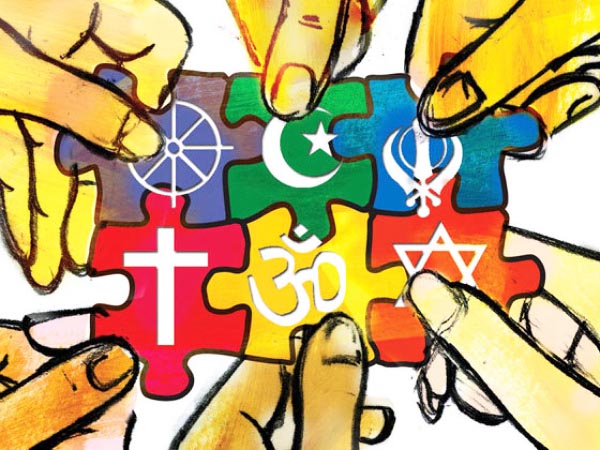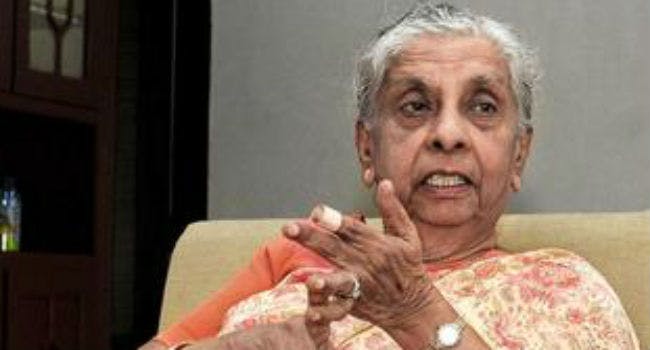Before we go on to discussing how the youth can promote communal harmony, let’s shine a light on this demographical entity first. It is important to understand the dynamics of this population, to understand community from a sociological point of view.
So, who are the youth in any nation? They are fairly young, from adolescence to mid-thirties (13-35), because after 35 begins middle age.
And what are the major characteristics defining this population?
Let’s take the scene in a developing country like India.
The youth is that demographic in India which is burgeoning rapidly. This demographic has a more modern outlook. It is more tech-savvy, rebellious, broad-minded, open to ideas and cultures other than the one it grew up in, more aware of world affairs, and more vocal in the socio-economic issues affecting India right now. They are the globe-trotters, the people making alternative career choices and breaking the glass ceiling.

Now that we have characterized ‘youth’, let’s come to their role in promoting communal harmony.
Yes, the youth in India is both a catalyzing and galvanizing factor in promoting harmony between different religions. It is this segment which will bring about change, long- term, in both attitudes and laws. The youth of today are the leaders of tomorrow, and any change fostered in the large-scale psyche of a nation is largely led by its youth.
Now let’s take a look at the factors that can mobilize the youth to foster communal harmony and make sure of peaceful co-existence of all groups and identities:
Education : One of the biggest mobilizing factors is education. Today, the youth is no longer limiting itself to the medical and engineering professions. Now, there is more of an influx into other exciting disciplines like pharmacy, journalism, research, biotechnology, bioinformatics, event management, media, and mass communication etc. This foray into other professions is ensuring an opening up of minds and mentalities like never before. If the youth is empowered with a liberal mindset, it can lead the change which will prod people into overcoming their differences and live as one community, irrespective of caste, creed, religion or ethnicity.
Social media : This is another of the important mobilizing factors that can bring about peace between communities. The power of social media in spreading change is hugely underestimated. An increasingly tech-savvy generation of young people understands how to utilize social media to spread the message of peace and love. Facebook, Twitter, Whatsapp and blogs were major factors in effecting change after the December 2012 Delhi rape case. Widespread condemnation of the rape, both on social media and on the streets, led to legal action, like the Verma Report, arrest and conviction of the culprits, and starting the Nirbhaya fund for survivors of gender violence. People pay more attention to what they see and read on social media, than we can imagine. This is an important tool in bringing about social harmony.
Art : Art is very important in spreading a message of peace and brotherhood. Books, movies, plays, street-plays, dance and other fine arts – these are more than enough to make citizens of India realize the composite nature of the polity in India. Young writers, artists, playwrights, poets and others must group together to inculcate a feeling of ‘unity in diversity’, in a nation which enshrines secularism in its Constitution, and prides itself on its plurality.
City culture : Yes, urbanization is important. If you come to a major city like Mumbai or Delhi and see the youth culture, you will find that these educated, broad-minded and smart youngsters care more about talent, financial security, career graphs and latest fashion trends, than they do about caste or religion. These independent and upwardly mobile minds can teach others to think like them.
Jobs and careers : This is also one of the most important mobilizing factors for the youth. Financial stability, satisfaction and success offered by jobs can not only keep the youth motivated, but also help them in spreading the word that good jobs, and the growth and development that happens as result, can only come about when society exists as one unit. Also, in a meritocracy, extraneous factors like caste, region, language and religion don’t matter. What matters is talent and hard work. If the youth propels itself forward by the parameters of a meritocracy, it can inspire others to come forward and excel, irrespective of the extraneous factors I have mentioned.
The government must work with the youth of today, and empower them so they can bring about unity in diversity, and harness the power of a liberal, scientific minded society, existing peacefully community-wise, to ensure a better future for the nation.
Image source : httpss://juffrouj.files.wordpress.com/2015/06/jini-1.jpg































Communal harmony is something that must come out of the practice of a social initiative and be a part of the national integration. It is required to induce this concept in our life and its mere existence. Social media, art, literature, architecture, and education are few of the many modes than can be uptaken to achieve the objective. Primarily, I feel that the role of social media is quite important. Lately, the Arab Spring, elections around the world and many more such events have been an online movement than just the political upbringings.
Baar hai